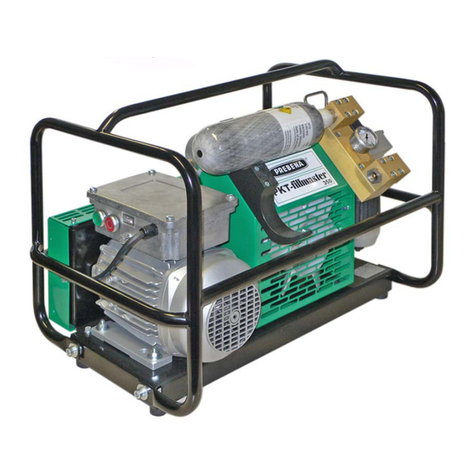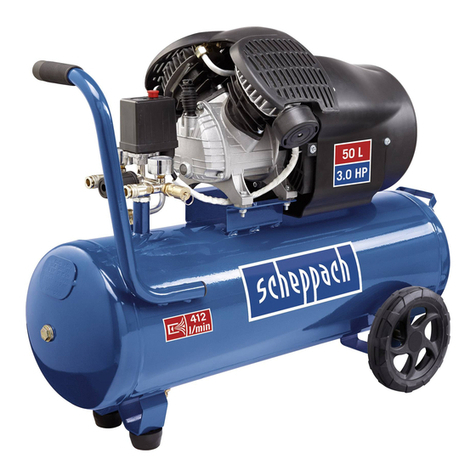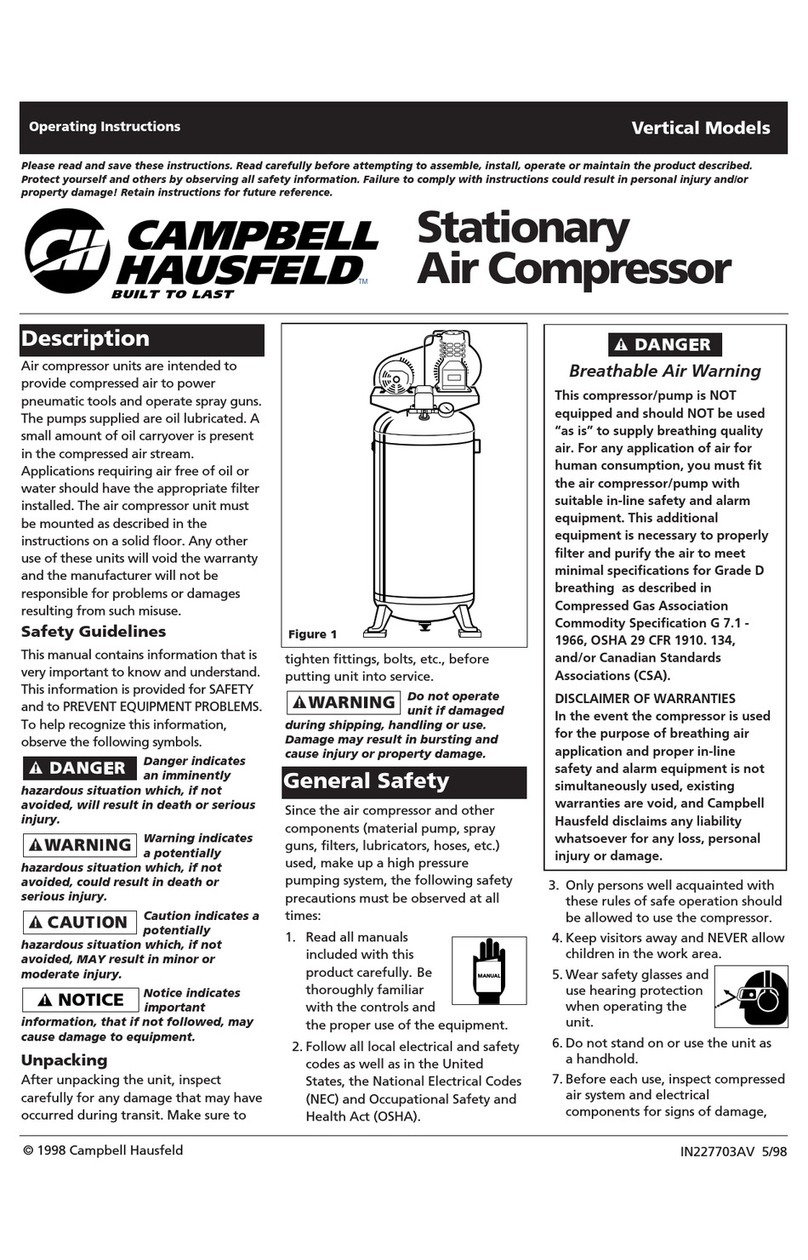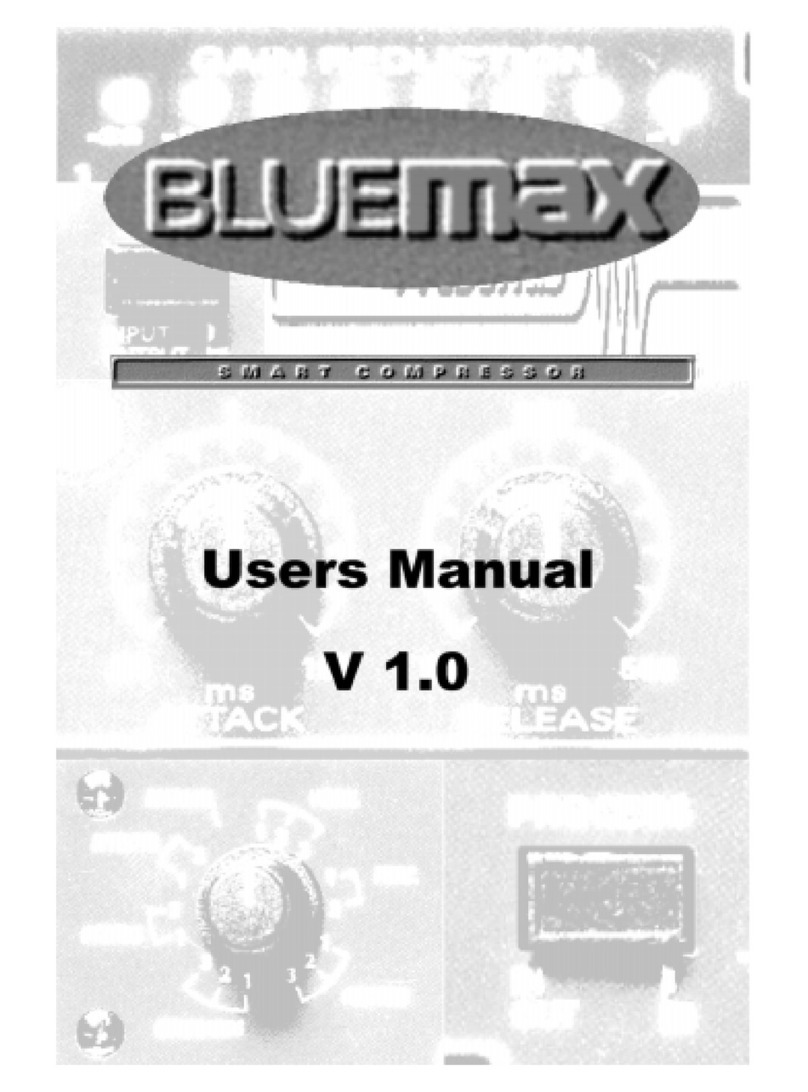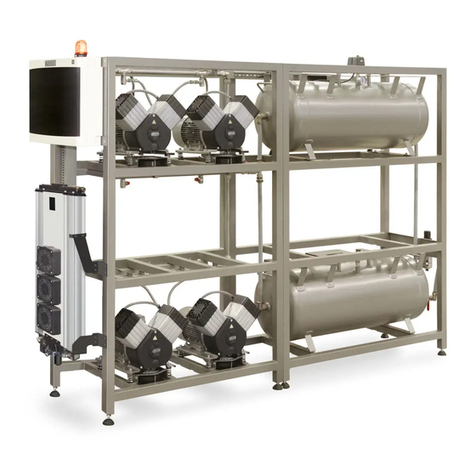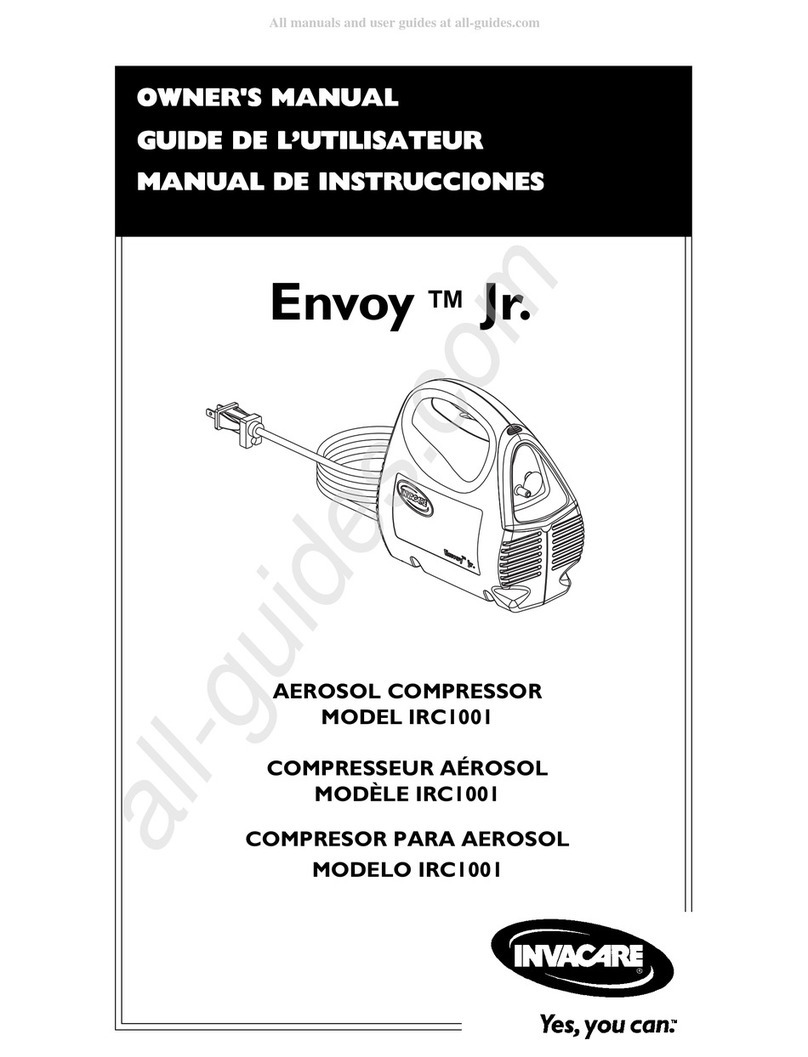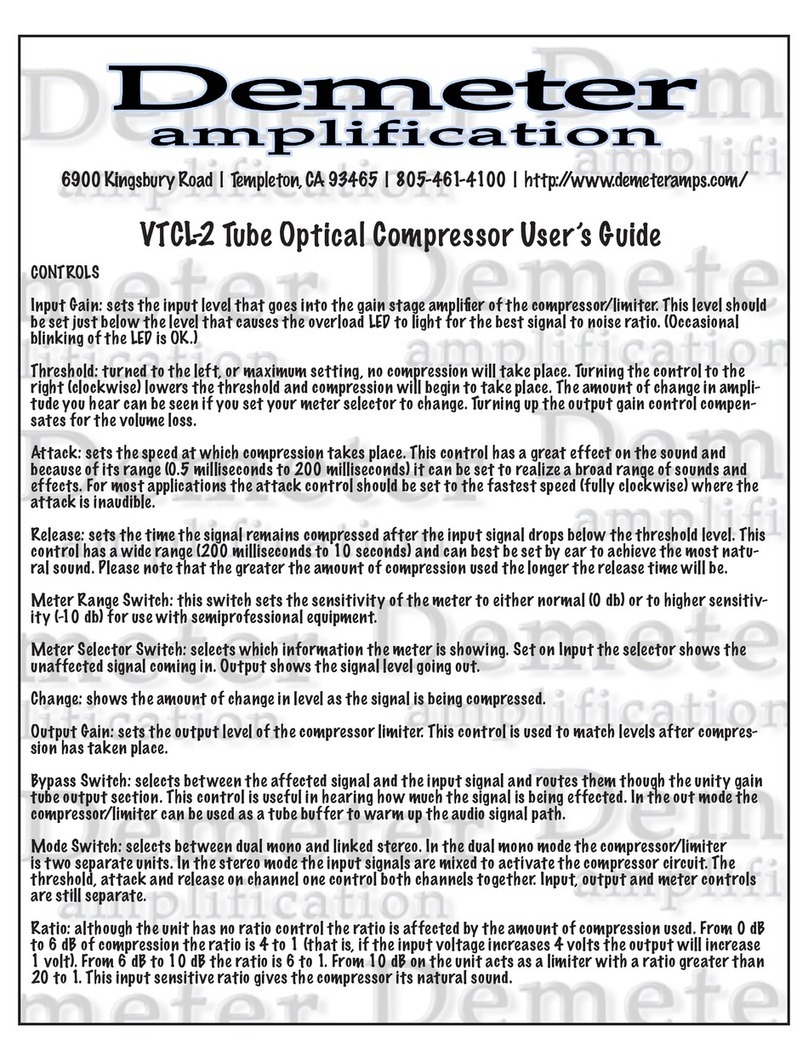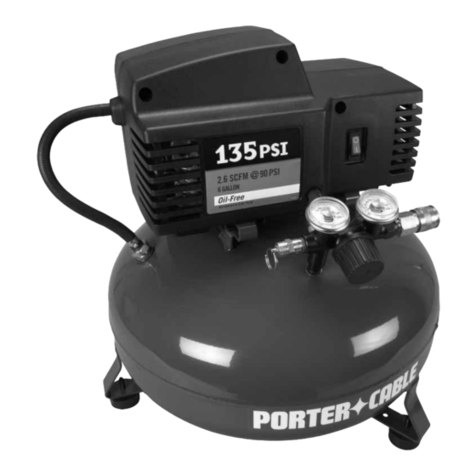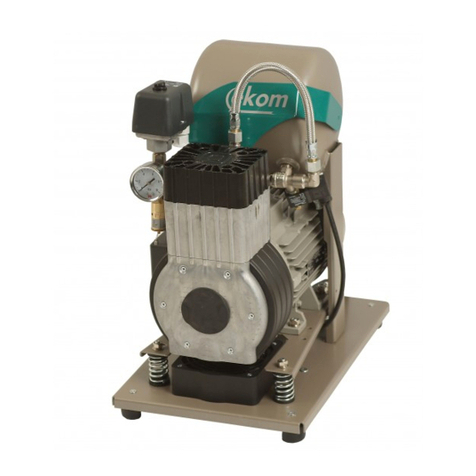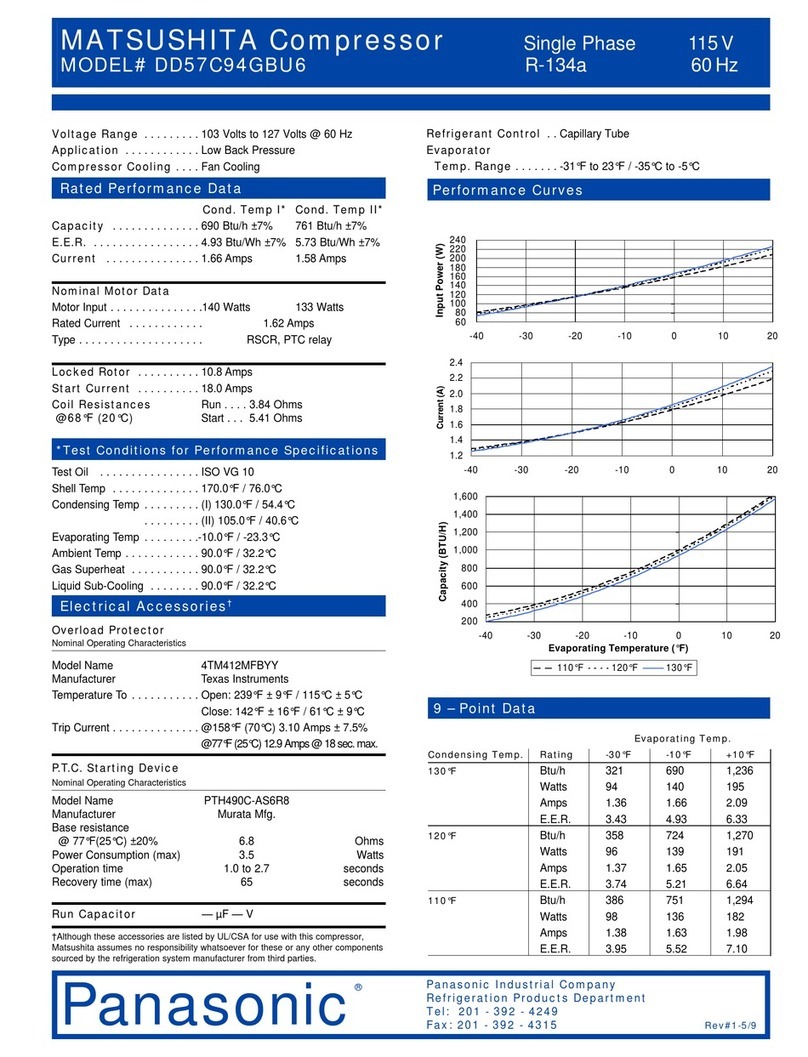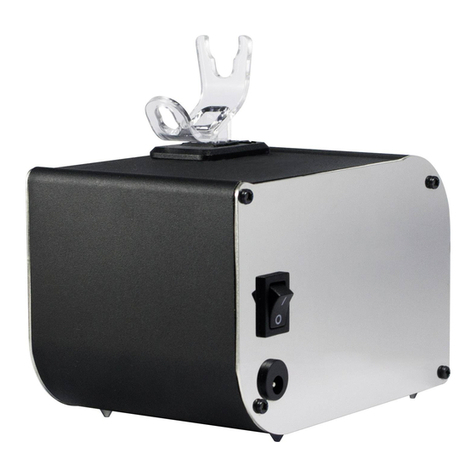
• Exposuretochemicalsindustcre-
ated by power sanding, sawing,
grinding, drilling, and other con-
struction activities may be harmful.
• Sprayedmaterialssuchaspaint,
paint solvents, paint remover, insec-
ticides, weed killers, may contain
harmful vapors and poisons.
• Workinanareawithgoodcross
ventilation. Read and follow the
safety instructions provided on
the label or safety data sheets
for the materials you are spray-
ing. Always use certified safety
equipment: NIOSH/OSHA respi-
ratory protection or properly fit-
ting face mask designed for use
with your specific application.
HAZARD
RISK OF BURSTING
Air Tank: The air tank on your compressor is designed and may be UM coded [for
units with air tanks greater than 6" (152.4 mm) diameter] according to ASME Section
VIII, Div. 1 rules. All pressure vessels should be inspected once every two years.
To find your state pressure vessels inspector, look under the Division of Labor and
Industries in the government section of a phone book .
The following conditions could lead to a weakening of the air tank, and result in a
violent air tank explosion:
WHAT CAN HAPPEN HOW TO PREVENT IT
• Failuretoproperlydraincondensed
water from air tank, causing rust
and thinning of the steel air tank.
• Drainairtankdailyoraftereachuse.
If air tank develops a leak, replace
it immediately with a new air tank
or replace the entire compressor.
• Modificationsorattempted
repairs to the air tank. • Neverdrillinto,weld,ormakeany
modifications to the air tank or its
attachments. Never attempt to
repair a damaged or leaking air
tank. Replace with a new air tank.
• Unauthorizedmodifica-
tions to the safety valve or
any other components which
control air tank pressure.
• Theairtankisdesignedtowith-
stand specific operating pres-
sures.Nevermakeadjustments
or parts substitutions to alter the
factory set operating pressures.
Attachments & accessories:
• Exceedingthepressurerat-
ing of air tools, spray guns, air
operated accessories, tires,
and other inflatables can cause
them to explode or fly apart, and
couldresultinseriousinjury.
• Followtheequipmentmanufacturers
recommendation and never exceed
the maximum allowable pressure
rating of attachments. Never use
compressor to inflate small low
pressureobjectssuchaschildren’s
toys, footballs, basketballs, etc.
